Travelling through Tennessee, it’s not hard to find signs promoting Ruby Falls. Of the sights we elected to visit on our day trip to Lookout Mountain, probably my favorite visit was Ruby Falls, but Rock City was a close second. Though both are the typical tourist attractions, crowded and a bit on the expensive side, it’s no wonder why they are popular. Rock City will be featured in an upcoming Travel Tuesday… but I digress, this post is about an underground waterfall inside of the limestone caverns formed during centuries of erosion due to underground water flows eating away at the limestone.
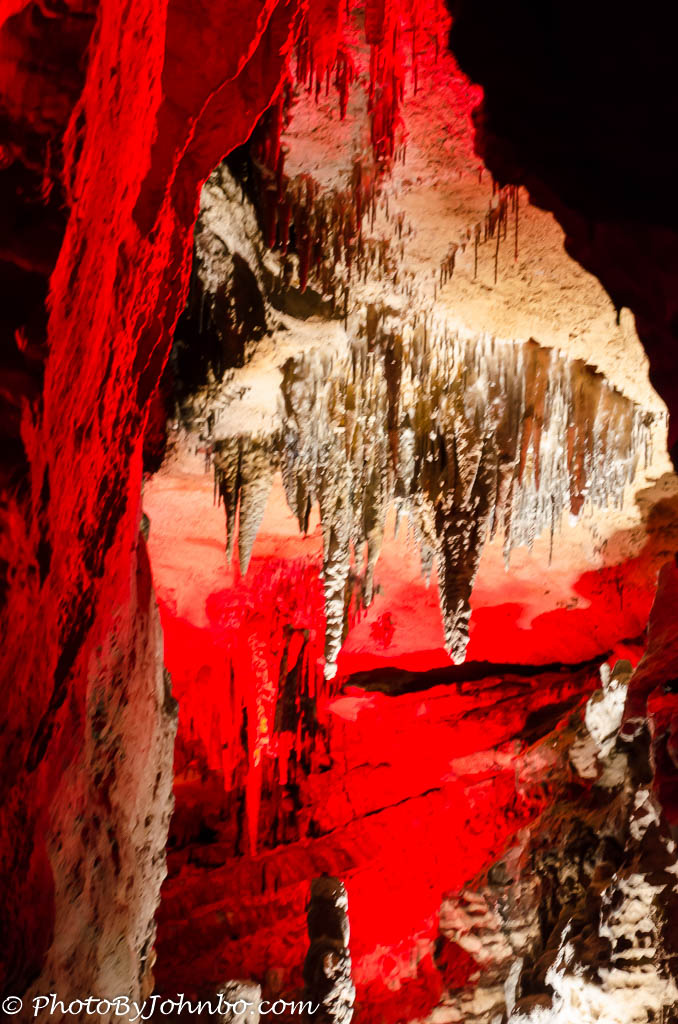 In 1928, Leo Lambert, a cave explorer by avocation, decided that the limestone caves inside of Lookout Mountain would make an interesting tourist attraction. At this point, the cave where the falls are located had not yet been discovered as there are no natural openings to that area inside the mountain. During the creation of an opening to provide a second egress to the main cave, Leo and his team discovered the waterfall cavern. He named the falls after his wife, Ruby. With the discovery, Leo found himself with two attractions, the original cave he planned to make into an attraction, and the newly discovered caverns that led to Ruby Falls. Eventually the public’s preference to select the waterfall cave led to the closure of the original attraction.
In 1928, Leo Lambert, a cave explorer by avocation, decided that the limestone caves inside of Lookout Mountain would make an interesting tourist attraction. At this point, the cave where the falls are located had not yet been discovered as there are no natural openings to that area inside the mountain. During the creation of an opening to provide a second egress to the main cave, Leo and his team discovered the waterfall cavern. He named the falls after his wife, Ruby. With the discovery, Leo found himself with two attractions, the original cave he planned to make into an attraction, and the newly discovered caverns that led to Ruby Falls. Eventually the public’s preference to select the waterfall cave led to the closure of the original attraction.
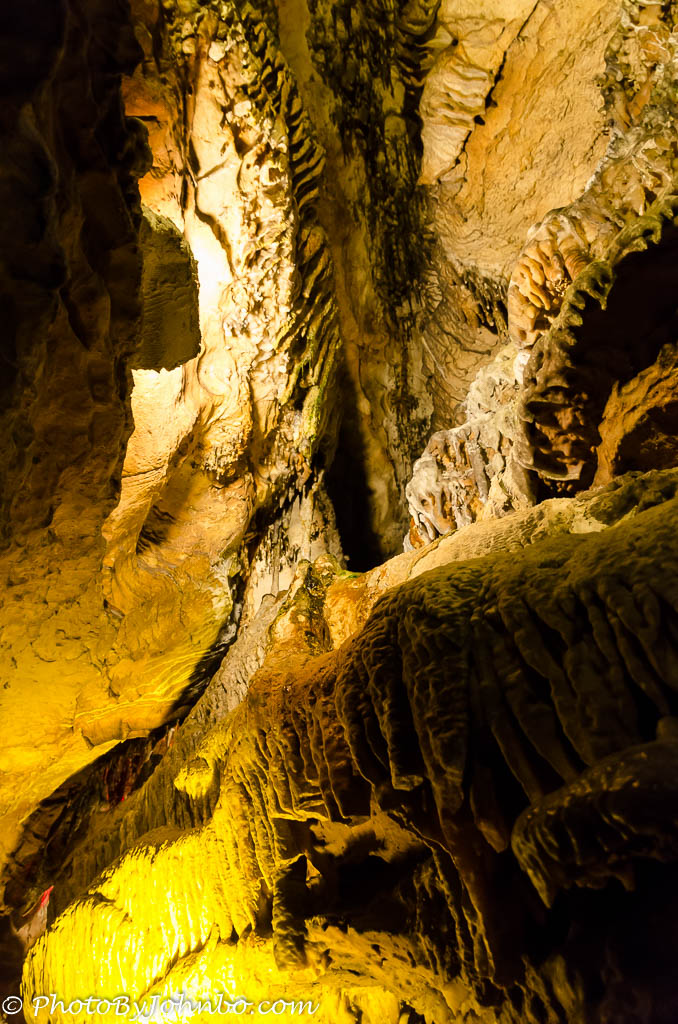 After touring Carlsbad Caverns, a National Park where rangers do their best to light naturally to show the beauty of the natural elements in their natural colors, the folks who own Ruby Falls have no such restriction. You’ll find plenty of colored lights giving the entire cave a bit of a “light show” feel. There are plenty of signs defining the names of the shapes in the mind of the discoverers (and probably owners). The gallery of images below provides a handful of examples.
After touring Carlsbad Caverns, a National Park where rangers do their best to light naturally to show the beauty of the natural elements in their natural colors, the folks who own Ruby Falls have no such restriction. You’ll find plenty of colored lights giving the entire cave a bit of a “light show” feel. There are plenty of signs defining the names of the shapes in the mind of the discoverers (and probably owners). The gallery of images below provides a handful of examples.
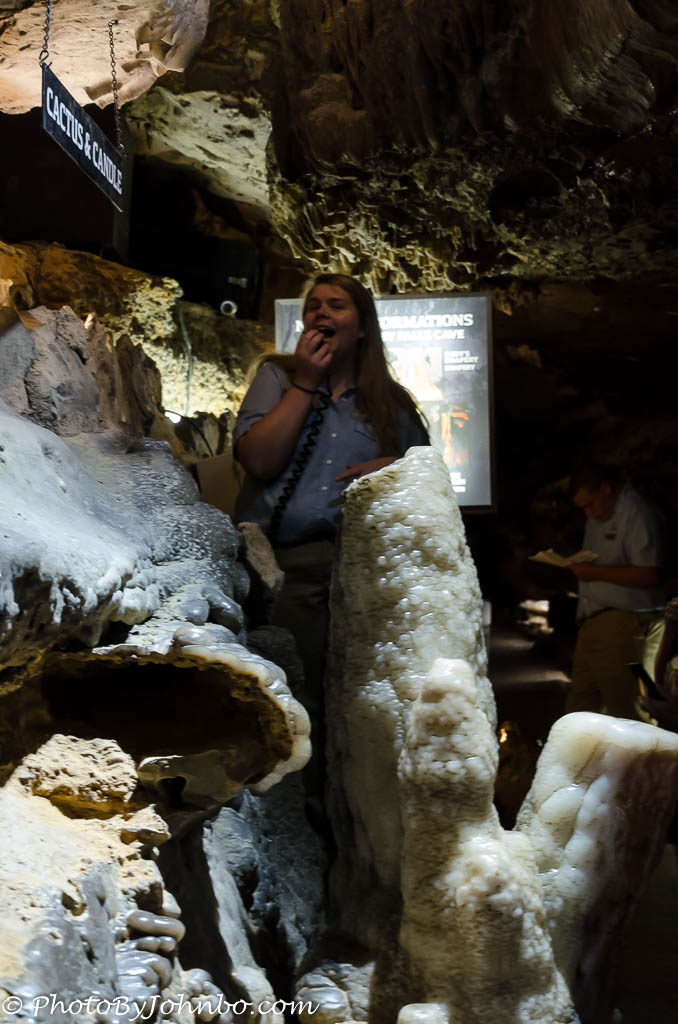 The tours are narrated with friendly guides who describe the various formations on the longish walk to the falls, the final attraction in the cave, as you might expect. The passages are narrow with no provision for handicap accessibility. Along the way to the falls, our group stops regularly to let other groups who have already visited the falls pass by on their way back. People returning from the falls have no such waits and are given the right-of-way for a quick return to the elevators for the ride back to the surface. Often these breaks are punctuated with information from the tour guide or simply a time for questions and answers.
The tours are narrated with friendly guides who describe the various formations on the longish walk to the falls, the final attraction in the cave, as you might expect. The passages are narrow with no provision for handicap accessibility. Along the way to the falls, our group stops regularly to let other groups who have already visited the falls pass by on their way back. People returning from the falls have no such waits and are given the right-of-way for a quick return to the elevators for the ride back to the surface. Often these breaks are punctuated with information from the tour guide or simply a time for questions and answers.
My preference would have been for the way the National Park Service lights their caves using neutral lighting that provides a view of the true colors of the formations. However, natural colors of cave formations are much more subtle. Clearly, Ruby Falls is a private attraction and as such, the colored lights become part of the show. The large cavern features loud music as well as an ever-changing light show, several samples of which are included in the gallery of images. Even the elevator ride down the 1100-foot (335 m) shaft is accompanied by a guide with some basic information for the group. At the bottom, there is a short wait as the group of 30 or so visitors are shuttled to the bottom in small elevator-sized groups. The gallery of images below features several views of the falls as well as some of the attractions we viewed along the way. Click on an image to enlarge it and to scroll through the gallery.
John Steiner

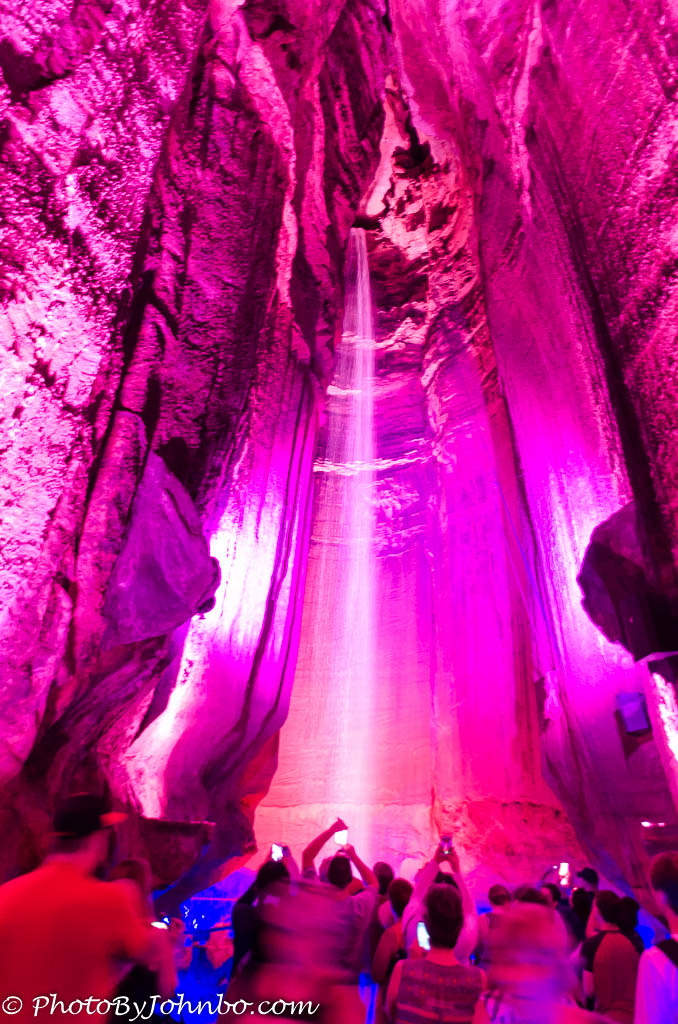
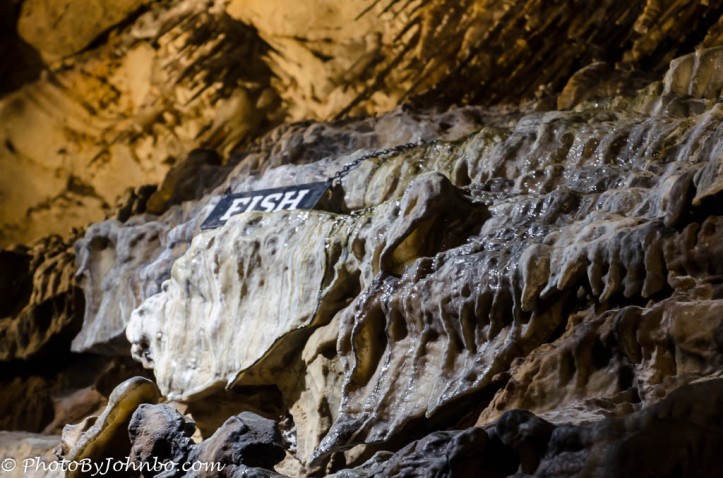













A worthy attraction! Thanks for taking me back there! 🙂